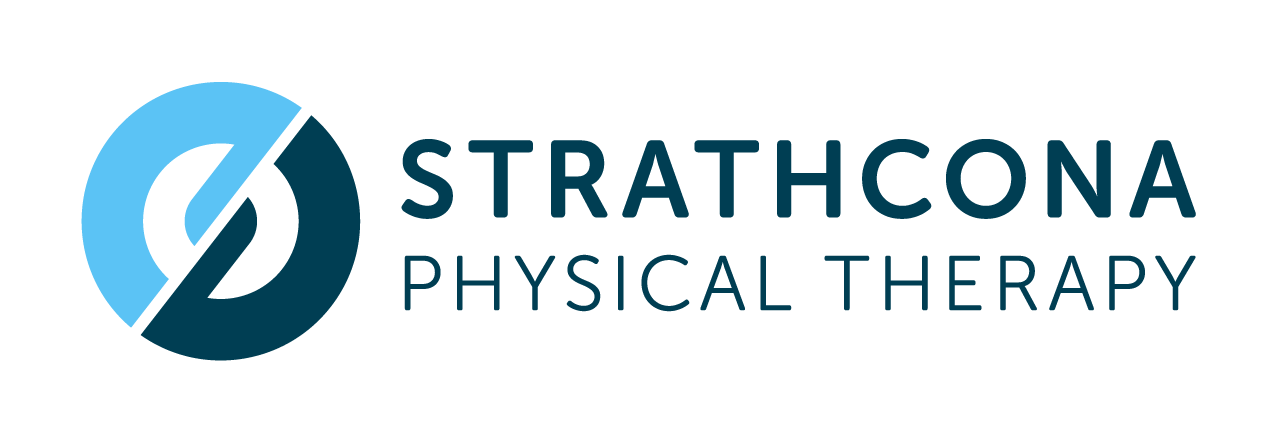Can IMS with Electrical Stimulation Help with Carpal Tunnel Syndrome?
Carpal Tunnel Syndrome (CTS) is one of the most common nerve entrapment conditions, caused by compression of the median nerve as it passes through the narrow carpal tunnel in the wrist. It often results in numbness, tingling, pain, and weakness in the thumb, index, and middle fingers, affecting grip strength and fine motor function. Left untreated, CTS can significantly impact daily activities and work performance.
Understanding the Median Nerve and CTS
The median nerve supplies sensation to the thumb-side of the hand and motor function to muscles that control thumb movement and finger flexion. Compression or irritation of this nerve—whether at the wrist, forearm, or higher up in the arm—can lead to both sensory and motor symptoms. Effective management of CTS should target not only the wrist but also the surrounding musculature and nerve pathways.
How IMS with Electrical Stimulation Supports Recovery
Intramuscular Stimulation (IMS) is a specialized dry needling technique used to release muscle tension, reduce nerve irritation, and restore normal muscle tone. When combined with electrical stimulation, the therapeutic effects are amplified. Here's how this approach benefits those with CTS:
Reduces muscular tension in the forearm flexors and pronators that may contribute to nerve compression
Improves local blood flow, decreasing inflammation around the median nerve
Stimulates nerve and muscle activation, enhancing sensory-motor recovery and neuromuscular control
Promotes nerve regeneration, especially when used early in the rehabilitation process
Emerging research supports this approach. A 2020 review published in Frontiers in Neuroscience emphasized that low-frequency electrical stimulation can enhance axon regeneration and functional nerve recovery in peripheral nerve injuries (Gordon et al., 2020). This makes it a promising adjunct in treating compressive neuropathies like CTS.
The Role of Corrective Exercises
While IMS and stimulation address pain and nerve dysfunction, targeted exercise is key to long-term recovery. Strengthening and retraining the muscles innervated by the median nerve helps restore functional hand use and reduce the risk of recurrence. Examples include:
Thumb abduction and opposition exercises
Wrist and finger flexor/extensor coordination drills
Grip strengthening and endurance training
Median nerve gliding techniques to restore nerve mobility
These exercises not only support muscle recovery but also improve tissue mechanics and facilitate better nerve movement through the carpal tunnel.
A Comprehensive, Evidence-Based Approach
Treating Carpal Tunnel Syndrome effectively often requires a multimodal strategy. Combining IMS with electrical stimulation and a well-structured exercise program offers a powerful, evidence-informed pathway to recovery. This approach not only relieves symptoms but also targets the root causes of dysfunction—improving both comfort and performance in daily activities.
If you’re experiencing symptoms of Carpal Tunnel Syndrome, a personalized treatment plan involving IMS, electrical stimulation, and corrective exercises may help you recover faster and more effectively. Speak with a qualified physiotherapist to explore your options.
References
Gordon, T., English, A. W., & Sulaiman, O. A. R. (2020). Electrical stimulation for the treatment of peripheral nerve injuries. Frontiers in Neuroscience, 14, 284. https://doi.org/10.3389/fnins.2020.00284
Kumar, R., & Singh, A. (2018). Effectiveness of neurodynamic mobilization versus conventional physiotherapy in patients with carpal tunnel syndrome: A randomized controlled trial. Journal of Exercise Rehabilitation, 14(5), 835–842. https://doi.org/10.12965/jer.1836414.207
Page, M. J., Massy-Westropp, N., O’Connor, D., & Pitt, V. (2012). Splinting for carpal tunnel syndrome. Cochrane Database of Systematic Reviews, 7, CD010003. https://doi.org/10.1002/14651858.CD010003
